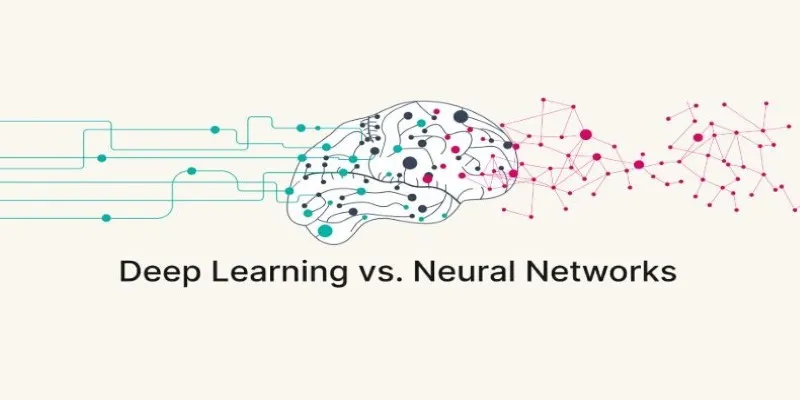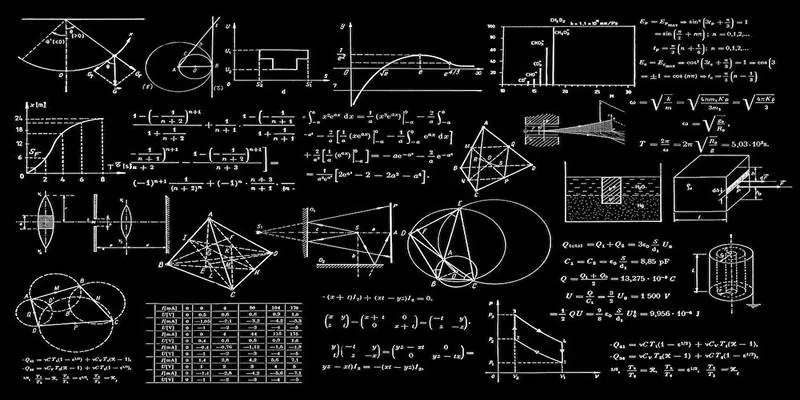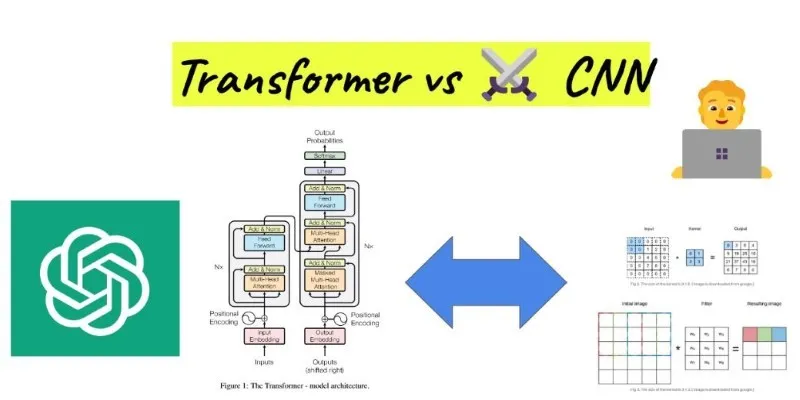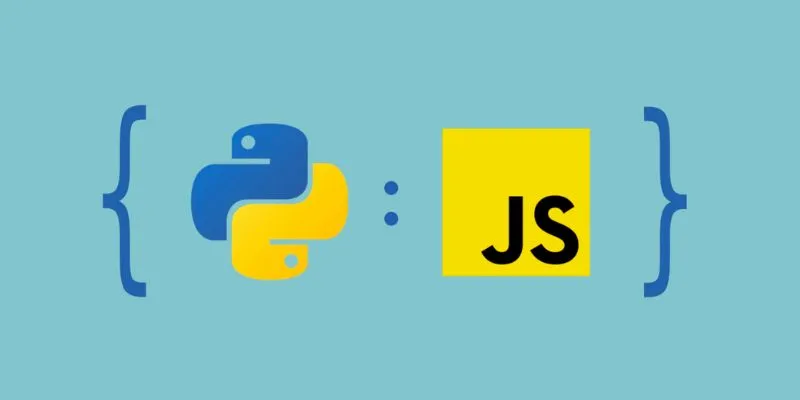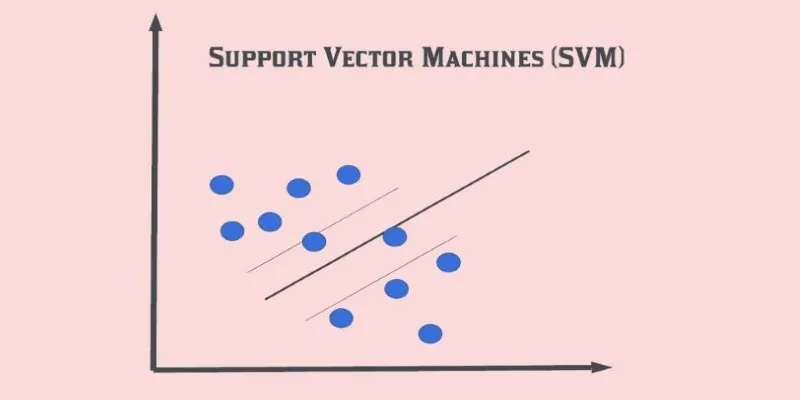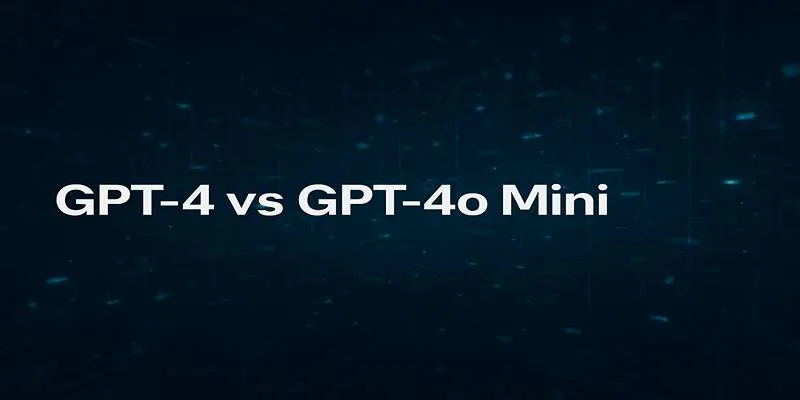Machine learning is the driving force behind technologies like voice assistants and fraud detection systems. But how do these systems learn? At the heart of AI development are two primary techniques: supervised and unsupervised learning. The former uses a structured approach, learning from labeled examples, while the latter explores raw data to uncover hidden patterns.
Choosing between these methods is more than a technical decision—it affects accuracy, efficiency, and business outcomes. Whether you’re training AI to detect diseases or personalize recommendations, understanding these methods is crucial. This article explores their strengths and weaknesses and guides you on when to use each to maximize machine learning results.
What is Supervised Learning?
Supervised learning trains AI models using labeled datasets. Each input has a corresponding correct output, helping the model learn relationships and patterns. Over time, the system improves by comparing its predictions to actual outcomes and making adjustments.
This method is prevalent in applications requiring classification or regression. In classification tasks, data is divided into categories, like separating spam from non-spam emails. For regression tasks, supervised learning predicts numerical values, such as stock prices or weather temperatures. Algorithms like decision trees, support vector machines, and neural networks are commonly used in supervised learning.
Supervised learning is especially effective in scenarios demanding precision and reliability. However, it requires large amounts of labeled data, which can be time-consuming and costly to collect.
Pros of Supervised Learning
One of the greatest strengths of supervised learning is its accuracy. Models trained with pre-specified answers deliver precise results, crucial for applications like fraud detection, speech recognition, and disease diagnosis, where errors can be catastrophic.
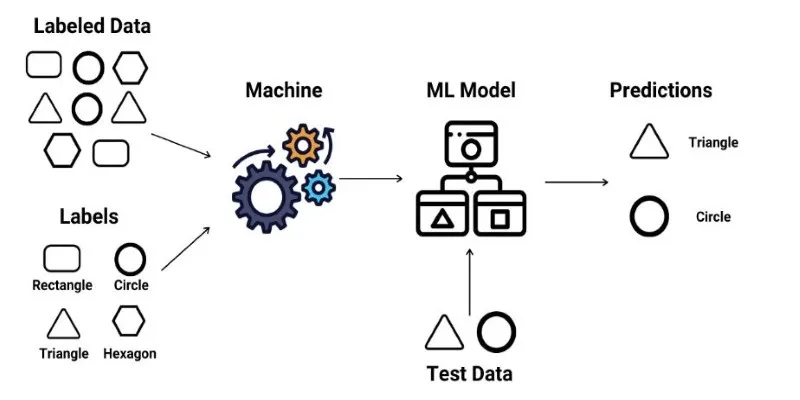
Another advantage is interpretability. Structured data training makes the decision-making process transparent, essential in fields like finance and medicine. Supervised learning models can also be updated with new data, enhancing precision and adapting to evolving trends.
Cons of Supervised Learning
Despite its accuracy, supervised learning has drawbacks. Gathering large, labeled datasets is a significant challenge, especially in fields like medicine and legal analysis.
Overfitting is another issue, where a model memorizes training data too well but struggles with new, unseen data, reducing real-world applicability. Techniques like cross-validation help but require careful fine-tuning.
Additionally, supervised learning lacks flexibility in discovering unknown patterns, as it relies on human-labeled data rather than exploring hidden structures independently.
What is Unsupervised Learning?
Unsupervised learning takes a different approach, working without labeled data. Rather than being told what to look for, the model autonomously identifies patterns and relationships, making it ideal for exploring complex datasets without predefined categories.
Primary applications of unsupervised learning include clustering and anomaly detection. Clustering groups similar data points, like segmenting customers based on purchasing habits, while anomaly detection identifies unusual patterns, useful for detecting fraudulent transactions or cybersecurity threats.
Common unsupervised learning algorithms include K-means clustering, hierarchical clustering, and principal component analysis (PCA). Unlike supervised learning, unsupervised learning can handle raw, unorganized data, making it suitable for large-scale data analysis.
Pros of Unsupervised Learning
Unsupervised learning’s greatest advantage is its ability to discover hidden patterns in data. Without the need for labeled data, it identifies trends that may not be immediately obvious, valuable in genetics, customer behavior analysis, and financial research.
Scalability is another benefit. Unsupervised learning handles massive datasets efficiently without manual labeling, making it cost-effective for large-scale applications like recommendation systems in e-commerce and streaming platforms. It also adapts to new data without retraining, beneficial for cybersecurity and risk assessment.
Cons of Unsupervised Learning
Despite its flexibility, unsupervised learning has limitations. A major issue is unpredictability—without labeled data, outputs may be ambiguous or misleading, complicating accuracy evaluation.
Misclassification is another risk. Without predefined categories, the model might incorrectly group data, leading to unreliable insights, negatively impacting marketing strategies or customer segmentation.
Fine-tuning unsupervised models is challenging. Without a clear performance benchmark, evaluating results requires extensive trial and error, making the process time-consuming and complex.
Key Differences: Supervised vs. Unsupervised Learning
The core distinction between these two methods is data labeling. Supervised learning requires structured, labeled datasets, ideal for predictive tasks. In contrast, unsupervised learning identifies patterns in raw data without predefined labels.

Accuracy and interpretability also differ. Supervised learning offers precise, explainable results, preferred for applications needing transparency. Unsupervised learning excels at finding unknown patterns but often requires additional interpretation.
Scalability is another major difference. While supervised learning needs extensive labeled data, unsupervised learning analyzes massive datasets with minimal human intervention, making it practical for big data applications.
When to Choose
The choice between supervised and unsupervised learning depends on the specific problem. If accuracy and predictive power are priorities, supervised learning is ideal, especially for fraud detection, medical diagnoses, and automated translations. However, it requires high-quality labeled data, which may not always be available.
Unsupervised learning is better for exploratory analysis, uncovering hidden patterns. It’s widely used in market research, customer segmentation, and cybersecurity. While it doesn’t offer the same level of precision as supervised learning, it provides valuable insights from raw data.
Conclusion
Both supervised and unsupervised learning are essential in AI development, catering to different use cases. Supervised learning is best for applications needing accuracy and structured decision-making, while unsupervised learning is ideal for discovering patterns in complex datasets. The right choice depends on project needs, labeled data availability, and desired interpretability. By understanding these differences, businesses and researchers can make informed decisions on leveraging machine learning models effectively.
 zfn9
zfn9
